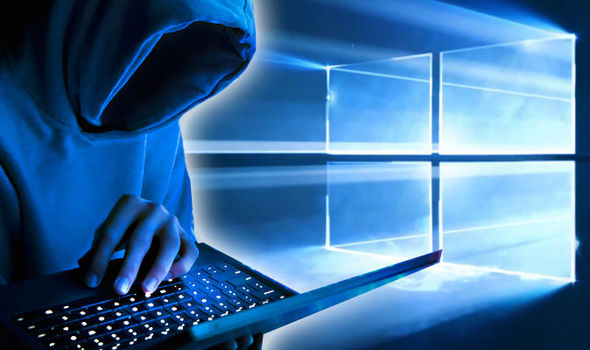
PC viruses come in many different forms, and their effects on a system, or an entire network can range from barely noticeable and innocuous, to devastating, depending on their objective.
Ransomware ranks among the most deadly and destructive, as there is little most users can do about them. Symptoms manifest almost always instantaneously, with some rare instances in which the virus may lay dormant for a period of time before taking over the host system. When it does, the user will be presented with a clear and unequivocal clue that the system has been hacked: an inescapable instruction screen, with a warning that unless a ransom is paid within a given time, all data on the host computer will be either destroyed, irrevocably encrypted, or published on the open Internet.
Other malware, while not as deadly or damaging as ransomware, can still give users a headache, in a number of ways that are not always obvious to spot. Users who notice a general slowness, and inexplicable range of random malfunctions, the following, and similar symptoms, may be clues that malware may be present on their systems:
Is your PC unusually slow?
A PC runs slow when there is unusually high CPU activity. If no known programs requiring intensive processing are running, malware might be at work as an array of background processes.
This type of activity may not necessarily be targeting the host machine, but rather being used to hack other machines online, or unwittingly used to remotely mine cryptocurrency.
These types of malware may be hard to remove, but their main processes can be killed easily once spotted.
System apps misbehaving
A big clue that something strange might be going on, is if apps that come with Windows 10 stop working, or refuse to open altogether. In some instances, these apps, including the command prompt, Windows PowerShell, and even Task Manager, may trigger popup error messages, providing some kind of clue that the system has become corrupt.
The most common objective of these types of attack, is to take over the system by interfering with components like Windows Group Policy, and User Account Control, while trying to gain administrative access, at which point only encrypted data is (barely) safe from being stolen.
Hardware-related errors
Some malware can make a system look as if its hardware is malfunctioning. Features like Wi-Fi, and Bluetooth may appear unable to connect. This type of attack is often employed as a decoy to keep the user occupied troubleshooting, while other processes may be working in the background.
Mouse cursor, or keyboard stopped responding, or behave erratically
There is a number of applications, often found on free shareware websites, that can be classified as “riskware”. These programs are not necessarily viruses, but may feature components or functionality that can be exploited for malicious purposes. For instance, FTP applications could be modified and released on thousands of download sites, and used to target many other computers online.
These types of malware programs may establish a direct connection between the host computer and the hacker, who may be able to use remote access tools to steal files, and install additional malware.
The same ads display recurrently when browsing
Adware programs can latch onto a system very easily, after downloading applications from untrusted websites, such as websites that claim to distribute hacking tools, game cheats, and similar content. These applications can contain different types of malware, but their primary objective is to take control of what ads display on the host computer when browsing the Internet, or when accessing apps that display ads.
If the same ads keep displaying over and over, this might be a clue that adware may have infiltrated the host PC.
Unfortunately, for many types of malware, the safest solution is to reset the affected PC, as the longer a user tries to troubleshoot and fix the problem, the longer the malware has to spread and do further damage.
This is why it’s important to perform regular backups, and sync files with cloud storage services, like OneDrive, Google Drive or DropBox, among the most popular.
Ready to shop?
PortableOne has the best deals on Windows 10 Pro laptops, featuring the latest hardware-based security features, and full BitLocker encryption to protect your files from prying eyes.